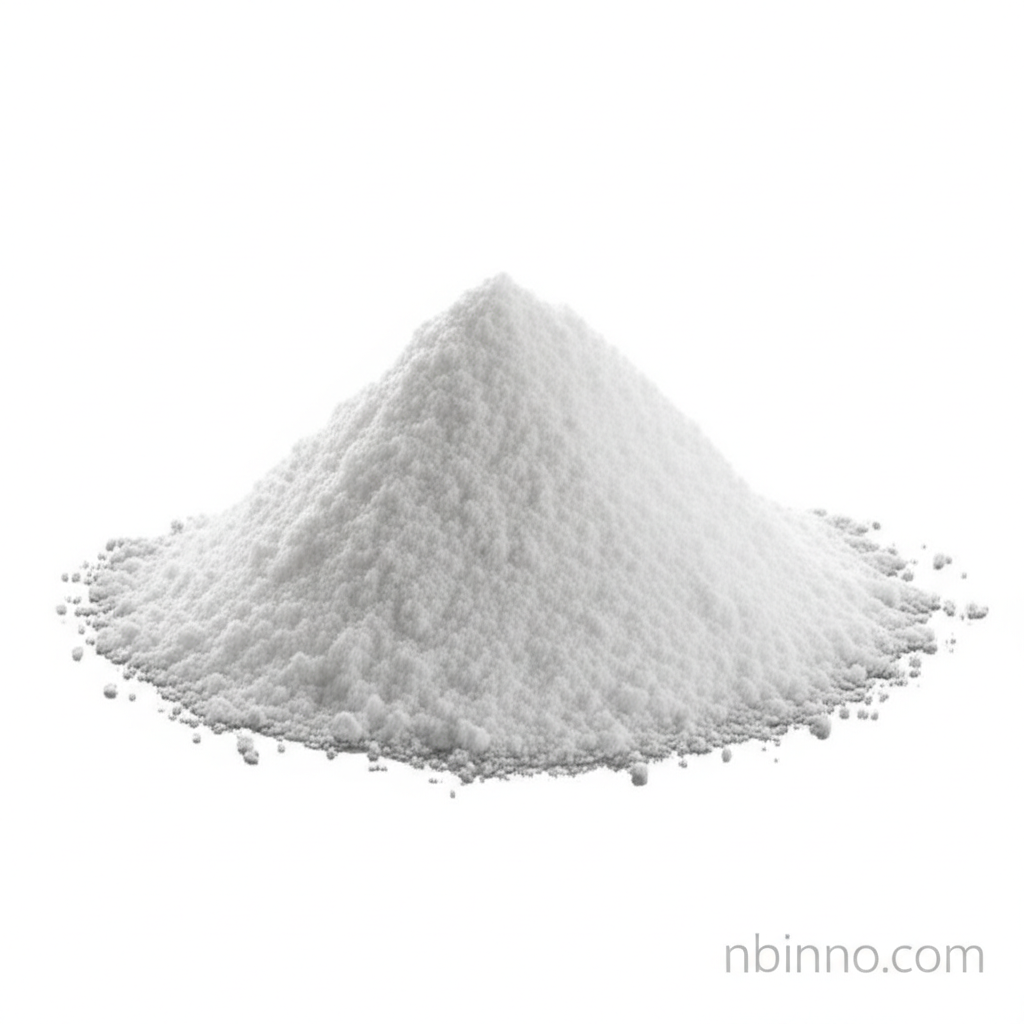Ammonium Molybdate Tetrahydrate: Properties, Applications, and Chemical Synthesis
Discover the essential properties, diverse industrial applications, and key chemical insights of Ammonium Molybdate Tetrahydrate.
Get a Quote & SampleProduct Core Value

Ammonium Molybdate Tetrahydrate
Ammonium Molybdate Tetrahydrate is a highly versatile inorganic compound with the CAS number 12054-85-2, widely utilized across various industries due to its unique chemical properties. Its primary role often involves acting as a crucial pharmaceutical intermediate, contributing to the synthesis of active pharmaceutical ingredients.
- Explore the diverse uses of ammonium molybdate tetrahydrate, from catalytic processes to its role in biological electron microscopy, highlighting its broad industrial impact.
- Understand the synthesis of ammonium molybdate tetrahydrate, a process that typically involves dissolving molybdenum trioxide in aqueous ammonia.
- Investigate the chemical properties of Ammonium Molybdate Tetrahydrate, including its white powder appearance and purity levels often exceeding 98%.
- Learn about the industrial applications of ammonium molybdate tetrahydrate, which extend to the production of ceramics and molybdenum metal.
Key Advantages
Purity and Quality Assurance
With a purity often exceeding 99%, ammonium molybdate tetrahydrate ensures reliable results in sensitive applications, making it a preferred choice for high-demand sectors.
Versatile Application Spectrum
The compound's utility as a pharmaceutical intermediate, catalyst, and electron microscopy stain demonstrates its broad applicability, meeting a wide range of industrial needs.
Chemical Stability and Handling
While stable, understanding its incompatibilities with strong acids and oxidizing agents is key for safe handling and storage, a crucial aspect of its industrial use.
Key Applications
Catalysis
Ammonium molybdate tetrahydrate serves as a precursor or component in various catalytic systems, crucial for industrial chemical synthesis and desulfurization processes.
Electron Microscopy Stain
It is widely employed as a negative stain in biological electron microscopy, aiding in the visualization of viruses and macromolecular structures, thus advancing research in structural biology.
Analytical Reagent
Its ability to detect phosphates, silicates, and other analytes makes it a valuable analytical reagent for water quality testing and various chemical analyses.
Fertilizers and Pigments
In agriculture, it can be used in fertilizers to provide essential molybdenum for plant growth, and it also finds use in the production of certain pigments and ceramics.
